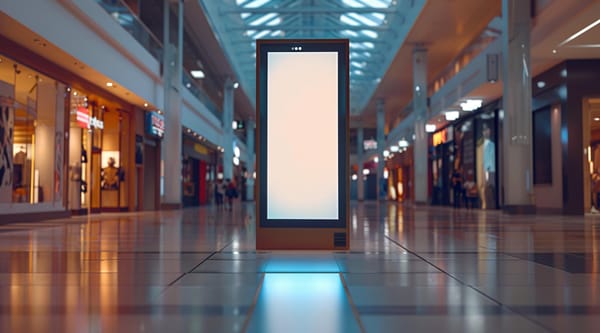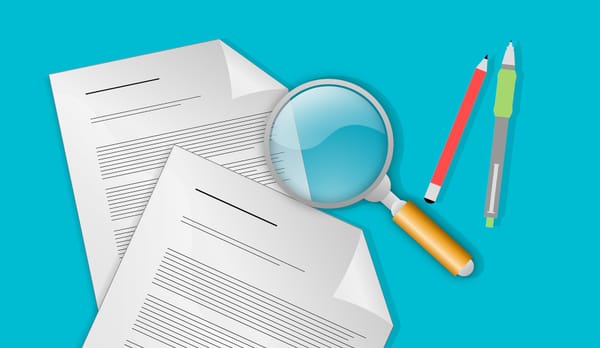In a world filled with endless promotions, understanding deal addiction can transform how deal hunters and coupon users approach shopping. This phenomenon explains why your brain lights up at the sight of a discount, often leading to impulsive decisions. By exploring the science behind deal addiction, we uncover psychological triggers, red flags in deceptive deals, and strategies for smarter savings. Empower yourself with knowledge to enjoy discounts mindfully, turning potential pitfalls into uplifting, value-driven habits that support long-term financial well-being.
Hook: Why Discount Deals Feel Irresistible
Ever felt an inexplicable pull toward a "50% off" sign, even if you didn't need the item? This is the essence of deal addiction, where discounts hijack our decision-making. For coupon users, it's thrilling to snag bargains on everyday essentials or luxuries. However, unchecked, it can lead to unnecessary spending. In this article, we'll delve into the psychology fueling deal addiction, spot fake deals, and share tactics to verify savings. Discover how to harness this craving ethically, making 2025 a year of thoughtful, rewarding purchases.
The Psychology Behind Deal Addiction
Deal addiction stems from cognitive biases that retailers exploit to influence buying behavior. Scarcity bias creates fear of missing out when stock appears limited, prompting hasty purchases on items like tech gadgets. Urgency, through time-sensitive sales, escalates emotional pressure, bypassing rational evaluation. Anchoring bias makes us perceive value based on an initial high price, amplifying the allure of discounts — even if artificial.
These tactics can veer into deceptive territory. As the Federal Trade Commission outlines in its truth-in-advertising guidelines, ads must be truthful and not misleading, with false scarcity or urgency potentially violating consumer protections. Recognizing these empowers deal hunters to pause, reflect, and choose wisely, fostering healthier shopping patterns.
Red-Flag Checklist: Spotting Fake or Inflated “Deals”
To combat deal addiction, savvy coupon users must identify manipulative tactics in retail, tech, and fashion. Here's a checklist of warning signs:
- Perpetual Urgency Timers: Tech sites with "sale ends soon" clocks that reset endlessly, fabricating pressure without genuine limits.
- Inflated Anchor Prices: Fashion deals showing massive "original" prices far above market norms, tricking perceptions of savings—verify history.
- Unverified Scarcity Claims: "Limited stock" on coupon platforms for beauty products, but inventory remains; exploits FOMO deceptively.
- Bundled "Value" Traps: Tech bundles like accessories "free" with devices, yet total cost exceeds separate purchases elsewhere.
- Hidden Exclusions in Coupons: Travel deals with codes that add fees or exclude peak times, diminishing actual value.
- Incentivized Biased Reviews: Retail items with overly positive feedback from free-sample recipients—scan for suspicious patterns.
- "Best Ever" Without Proof: General discounts claimed as unbeatable sans price tracking data, often masking routine pricing.
Awareness of these flags helps resist impulses gracefully.
Verification & Savings Tactics That Work
Overcoming deal addiction involves verifying deals with proven tools. Follow these steps for authentic savings:
- Analyze Price Histories: Use CamelCamelCamel or Keepa on Amazon; input product URLs, review charts to expose inflated discounts.
- Automate Coupon Discovery: Browser extensions scan for codes. Try Honey for seamless application on retail sites. As an Amazon Associate, I earn from qualifying purchases.
- Pursue Price Matches: Check policies on stores like Walmart; compare prices, submit proof for adjustments on tech or fashion.
- Enable Deal Notifications: Apps like Slickdeals alert to verified promotions, curbing urgency-driven buys.
- Practice Reflection Pauses: List benefits before buying; wait 24 hours to align with needs, reducing addiction's grip.
These methods build confidence in your choices.
Maximize Value: Conquering Deal Cravings
To maximize value beyond deal addiction, adopt strategies that prioritize quality and necessity. Create a wishlist for intentional buys, focusing on high-impact discounts. For more tips, explore our Best Coupon Codes for 2025.
Here's a comparison table of verification tools:
| Tool | Best For | Free/Paid | Key Feature |
|---|---|---|---|
| CamelCamelCamel | Amazon Discount Checks | Free | Historical Pricing Graphs |
| Honey | Auto-Coupon Scans | Free | Real-Time Savings Alerts |
| Keepa | In-Depth Tracking | Free | Customizable Notifications |
| Slickdeals | Community-Verified Deals | Free | Forum-Based Insights |
Numbered strategies for success:
- Set monthly limits: Allocate a "fun" budget for deals.
- Internal resource: Reference our Ethical Affiliate Tips.
- Track patterns: Journal cravings to identify triggers.
These uplift your approach sustainably. See our Mindful Shopping Guide.
Ethical Shopping Mindset
Embracing an ethical mindset counters deal addiction by promoting mindful consumption. Focus on purchases that align with values, asking: "Does this enhance my life long-term?" This respects your brain's cravings while encouraging balance.
In 2025, the average consumer spends $281.75 per month on impulse buys, highlighting the need for awareness. A psychologist notes, "Bargain hunting may save money, but for some people, looking for the next 'great deal' becomes an addiction."

Unlock the Best Deals
Discover genuine savings on top deals without falling for gimmicks. Shop smarter with verified promo code strategies!
Grab Your Deals Now





